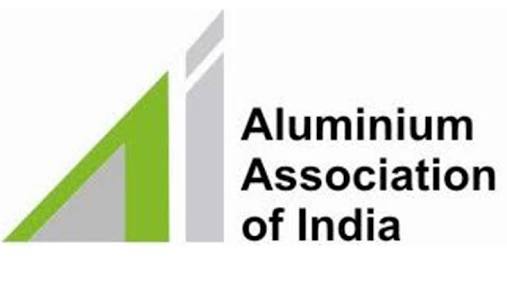TBB BUREAU
NEW DELHI, JANUARY 27, 2022
Aluminium industry has been a key contributor to India’s V-shaped economic revival and in keeping industrial activity on track by operating at full capacity despite the unprecedented pandemic and subsequent lockdowns. Today, aluminium is the largest non-ferrous metal industry in the world economy, and the second largest metal industry after Steel.
India’s Aluminium demand is growing at a rate of 10% with economic revival of major consumer sectors like Defense, Aerospace, Aviation, Infrastructure, SMART cities, Solar Mission, Electrical, Automobiles, Packaging, Consumer Durables etc. It has today rightly been identified amongst the Champion Sectors, where India can be a global leader. India enjoys a unique natural advantage to become a global manufacturing hub for aluminium on the back of abundant raw material availability for Aluminium production (5th largest Bauxite and Coal reserves) huge pool of manpower, large market and strategic geographical location. However, aluminium is a highly capital and power intensive industry, which takes huge investments of over Rs 50,000 crore to set up 1 mtpa Aluminium Smelter with Alumina Refinery & Power Plants.

The high cess on coal for non-power industries is adversely impacting the sustainability of power intensive industries in India, especially Aluminium industry, where coal contributes to 40% of production cost. Commodities like aluminium have high price sensitivity in the global commodity markets. The current coal cess increases the cost of aluminium by Rs. 4800/MT (USD 64), making India produced aluminium uncompetitive in the global markets.
A NITI Aayog report on “Need for Aluminium Policy in India” has also highlighted the challenges of high-power costs for Indian Aluminium producers resulting in competitive disadvantage viz-a-viz global players. The cess on coal alone amounts 20% of the cost of mining coal. As a result, despite having a competitive advantage in coal reserves, India is one of the most expensive countries to produce coal-based electricity. The coal cess has been repeatedly doubled multiple times, moving from Rs 50/MT to Rs 400/MT. Currently coal cess adds to the increased power cost burden rising from $8/MT to $64/MT of aluminium production costs.
In fact, Aluminium is a sector of strategic importance for the country and serves as an essential commodity for various other industries and SMEs due to its critical role in diversified applications. Aluminium is crucial for the economy such as energy security, national defence, infrastructure, electrification, aerospace, automobile, consumer durables, packaging etc. This is the reason why the high coal cess needs to be rationalised to support the industry, and the urgent need for this has been discussed and recommended by various ministries and government think tanks including the NITI Aayog, Mines Ministry, Coal Ministry, Power Ministry etc.
The Coal Cess was introduced as Clean Energy Cess in 2010 with levy of Rs 50/ MT on coal. After the repeated hikes over last few years the cess was replaced with GST Compensation Cess of equivalent value under GST regime to be levied only for the first five years, i.e., from 1 July 2017 to 1 July 2022.Thus, to retain competitiveness, Industry demands coal cess to be eliminated in Budget 2022. Further as suggested by NITI Aayog, a separate energy policy for these industries should ensure that these industries receive power at globally competitive rates so that they can compete with global players.
 The Business Bytes
The Business Bytes
